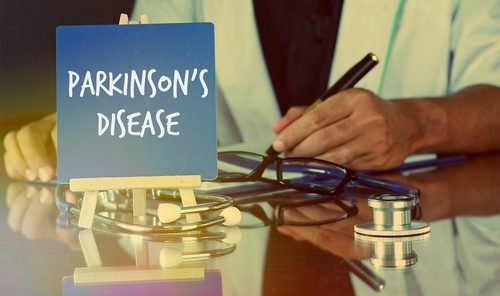Cynthia Fox, PhD, CCC-SLP, highlights how understanding activity-dependent neuroplasticity has transformed Parkinson’s disease (PD) rehabilitation over the past three decades. The field has shifted from skepticism about therapy durability to strong evidence supporting speech, physical, and occupational therapies. She urges routine referrals at diagnosis for baseline assessments and early intervention, noting that voice, swallow, gait, and daily-living deficits can be present but subtle—and patients often aren’t aware of them. Fox also points to community exercise programs and emerging research on voice as a potential early biomarker. This underscores the value of combining clinic-based therapy with ongoing exercise to improve function and confidence.
Evidence-based programs such as LSVT LOUD (voice) and LSVT BIG (movement) use intensive, amplitude-focused training—typically 4 days per week for 4 weeks, one-hour individual sessions—to recalibrate effort, posture, gait, and vocal loudness. Fox recounts an 81-year-old preacher who, after completing both programs, returned to full duties without a microphone, began exercising regularly, and experienced a renewed sense of self. These benefits are echoed by caregivers who report reduced burden. Fox’s takeaway for clinicians is to refer early and broadly to speech, physical, and occupational therapy, leveraging both structured rehabilitation and community exercise to maximize function and quality of life in PD.
Reference: Ciccone I, Fox C. Reviewing Evidence-Based Rehabilitation for Voice and Movement in Parkinson Disease Care. NeurologyLive. Published June 27, 2025. Accessed October 23, 2025. https://www.neurologylive.com/view/reviewing-evidence-based-rehabilitation-voice-movement-in-parkinson-disease-care








